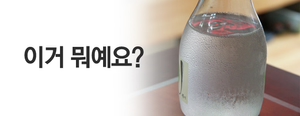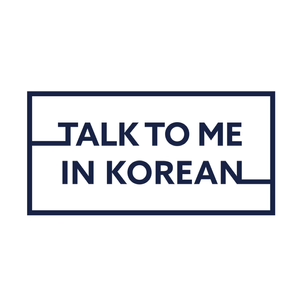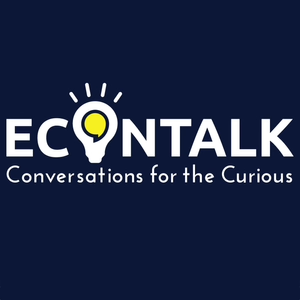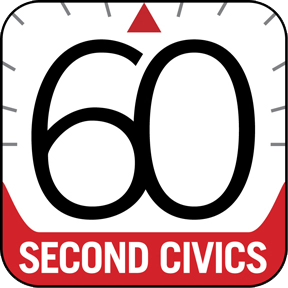
TTMIK Level 1 Lesson 17
01/02/10 • 10 min
1 Listener
In this TTMIK lesson, we are looking at the past tense of the Korean language. By knowing how to change your verbs into the past tense, you will be able to talk about what you did yesterday, who you met last week, and etc. If you already understand how to change verbs into the present tense, using the past tense will be a breeze. And if you are still not sure how to use the present tense, don't worry! We are going to review that in this lesson too. Be sure to ask us any questions you have in the comment box! Thank you!
In this TTMIK lesson, we are looking at the past tense of the Korean language. By knowing how to change your verbs into the past tense, you will be able to talk about what you did yesterday, who you met last week, and etc. If you already understand how to change verbs into the present tense, using the past tense will be a breeze. And if you are still not sure how to use the present tense, don't worry! We are going to review that in this lesson too. Be sure to ask us any questions you have in the comment box! Thank you!
Previous Episode

TTMIK Level 1 Lesson 6
TTMIK Level 1 Lesson 6 In this lesson you can review a little bit of what you learned in the previous lesson (it's very important!) and also learn how to say 'THIS' in Korean and learn how to ask "What is this?" If you have any questions, please feel free to ask us in the comments at http://TalkToMeInKorean.com
Next Episode

TTMIK Level 1 Lesson 1 PDF
If you like this episode you’ll love
Episode Comments
Generate a badge
Get a badge for your website that links back to this episode
<a href="https://goodpods.com/podcasts/talk-to-me-in-korean-37274/ttmik-level-1-lesson-17-1513048"> <img src="https://storage.googleapis.com/goodpods-images-bucket/badges/generic-badge-1.svg" alt="listen to ttmik level 1 lesson 17 on goodpods" style="width: 225px" /> </a>
Copy




